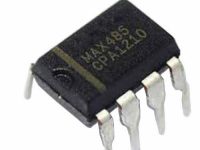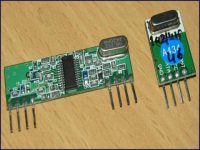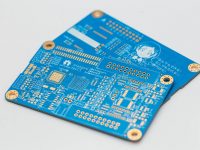Custom-Made Magnets
The properties of a substance depends almost entirely on its constituent atoms and how these atoms interact with each other. But a finite number of atom types, imposes a limit on the variation of properties that a conventional material may have. But a new range of engineered materials called metamaterials have opened a whole new dimension in this field . Metamaterials are composed of sets of nanostructures which are able to interact with electromagnetic waves in almost the same way as atoms and also their properties can be tuned by altering the properties of these nanostructures.
An international team of researchers led by Boris Luk’yanchuk at the A*STAR Data Storage Institute have now extended thier potential by using two different classes of nanostructures .
Luk’yanchuk and the team have mathematically modelled a two-dimensional array of metamolecules comprising a silicon sphere next to a partially incomplete copper ring.”When the two structures were more than one micrometer apart, they both acted to increase the local magnetic field,” says Luk’yanchuk. However, they started to interact when moved closer together, and the researchers observed that the magnetization of the split ring decreases and even becomes negative for separations smaller than 0.5 micrometers.
This situation is almost par to the magnetic ordering in natural materials. When all the atoms contribute positively to a material’s magnetic properties, the material becomes a ferromagnet. However, when alternating regions of the material have opposing magnetization, the material is said to be antiferromagnetic.”We demonstrate that our hybrid lattices of metamolecule exhibit distance-dependent magnetic interaction, opening new ways for manipulating artificial antiferromagnetism with low-loss materials,” explains Luk’yanchuk.
Although the similarity between metamaterials and magnetic materials is perfect, most of the metamaterials are said to be ferromagnetic. The design proposed by Luk’yanchuk and the team is more related to antiferromagnetic ordering, and this allows researchers to study antiferromagnetic phenomena in metamaterials.
Luk’yanchuk affirms that a metamaterial analog would offer exciting research prospects. “We believe that our work has the potential to make a strong impact towards the development of on-chip integrated solutions for reconfigurable and optically-controlled metamaterials.”












